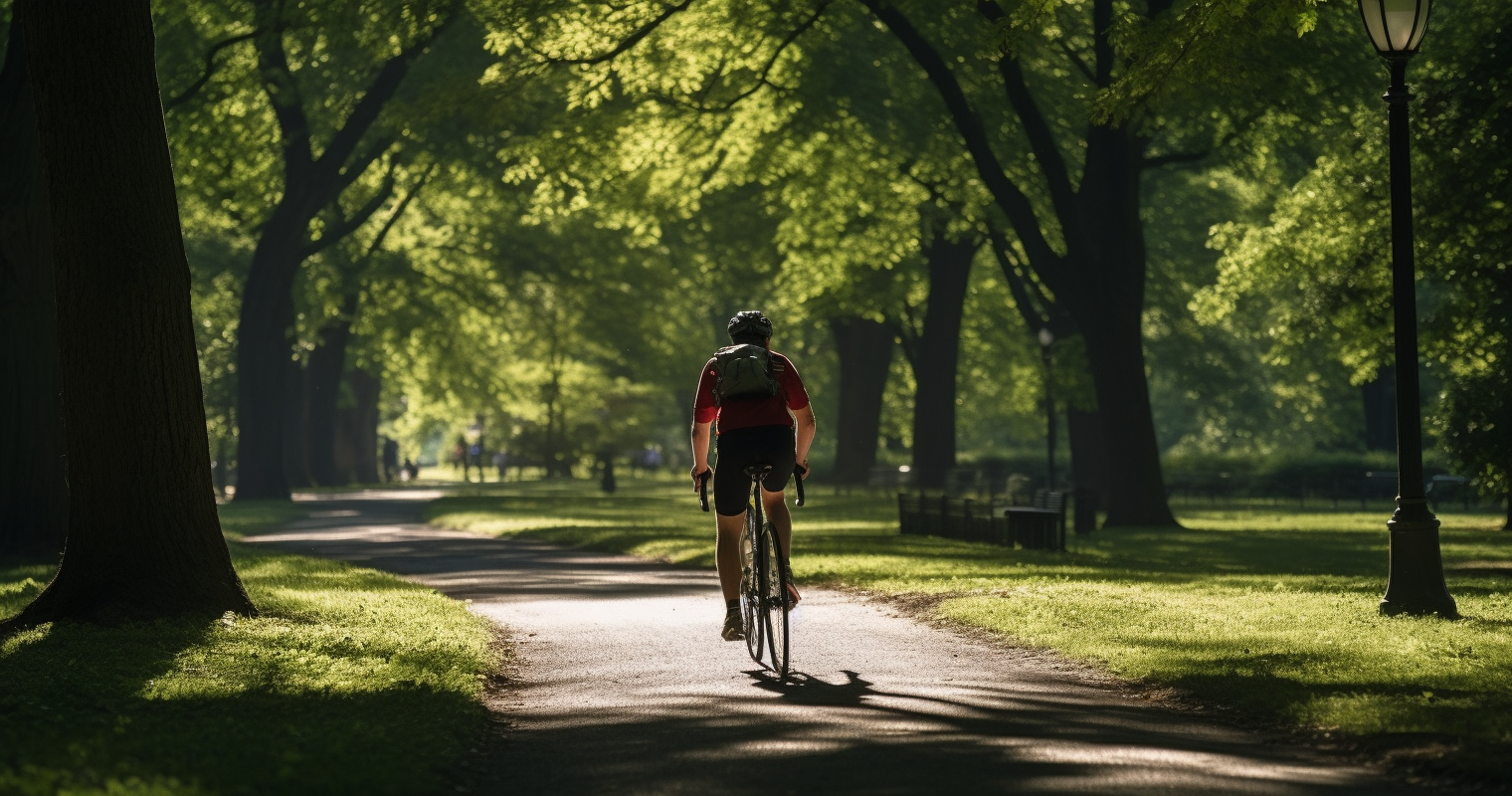Indonesia is a Southeast Asian country consisting of more than 17,000 islands, with a population of over 270 million people. The country is known for its rich cultural heritage, stunning natural landscapes, and bustling cities. Cycling in Indonesia is a popular way to explore the country, but is it a common means of transport? And what is the cycling infrastructure like in Indonesia? In this article, we will explore the popularity of cycling in Indonesia and what the cycling infrastructure is like.
Popularity of Cycling in Indonesia
Cycling is not a very popular form of transport in Indonesia, especially in the big cities like Jakarta and Surabaya. Most people prefer to use public transport or drive to get around.
However, there is a growing cycling community in Indonesia, with some enthusiasts promoting cycling as a sustainable and healthy means of transport.
Cycling Infrastructure in Indonesia
The cycling infrastructure in Indonesia is not well-developed, with few dedicated cycling lanes and paths. Here are some of the main features of the cycling infrastructure in Indonesia:
Cycle Paths
Indonesia has few dedicated cycle paths, especially in the big cities. The cycling paths are not well-connected and often separated from the main roads. Some cities like Bali have implemented dedicated cycling lanes on a few roads.
Bike Rental
Bike rental is available in Indonesia, especially in tourist areas like Bali and Yogyakarta. The bikes are usually stationed at designated points around the city or at bike rental shops.
Cycling Routes
There are some cycling routes in Indonesia that are popular among tourists and locals alike. One of the most famous cycling routes is the “Bali Cycling Tour,” which takes cyclists on a scenic tour of the rice terraces and local villages. There are also some cycling routes along the coast, such as the “Pantai Indah Kapuk Cycling Route” in Jakarta.
Safety
Safety is a concern for cycling in Indonesia, due to the lack of dedicated cycling infrastructure and the chaotic traffic conditions. Cyclists are not required by law to wear helmets or follow specific regulations or rules for cycling.
Cycling in Indonesia is not a very common means of transport, but it is a growing trend among enthusiasts who promote cycling as a sustainable and healthy means of transport.
The cycling infrastructure in Indonesia is not well-developed, with few dedicated cycling lanes and paths. This makes cycling in Indonesia challenging and potentially dangerous, especially for inexperienced cyclists.
If you are planning to cycle in Indonesia, it is important to be aware of the challenges and limitations of cycling in the country. It is advisable to plan your route carefully, avoid cycling during rush hour or in areas with heavy traffic, and wear appropriate safety gear.
In conclusion, while cycling in Indonesia is not a popular means of transport, it can still be a fun and unique way to explore the country. With continued investment in cycling infrastructure and public awareness campaigns, cycling could become a more common sight on the streets of Indonesia, promoting a healthier and more sustainable way of living.

